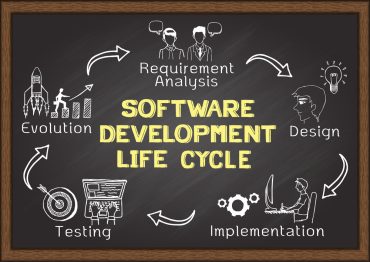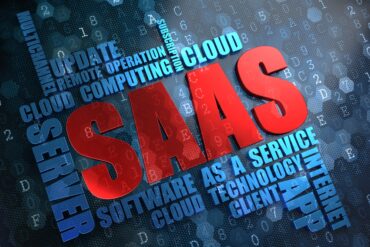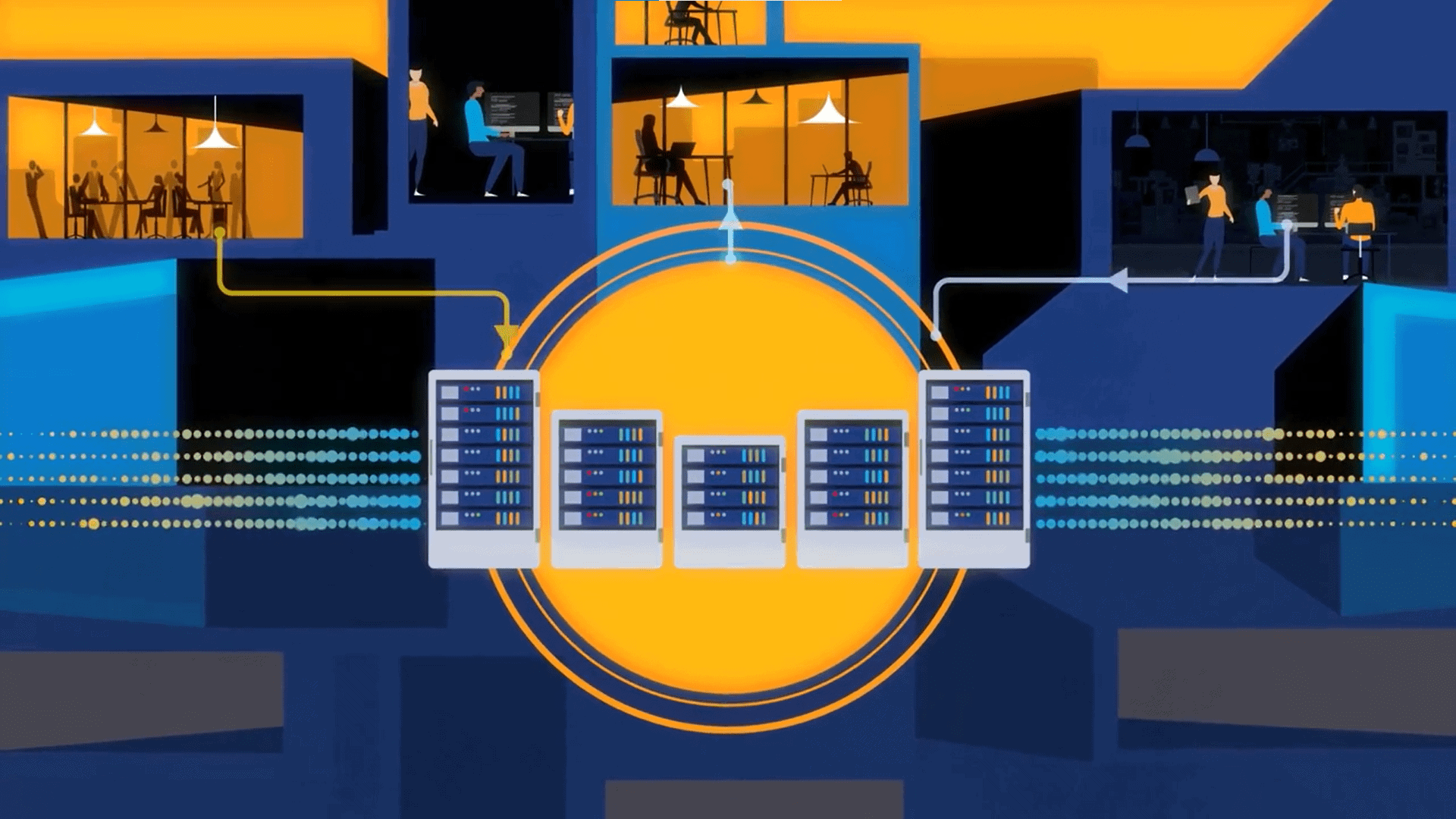
Legacy systems represent a significant roadblock to digital transformation, creating inefficiencies, security risks, and financial burdens for businesses. With strategic planning, scalable cloud solutions, and a dynamic migration strategy, organizations can overcome these issues and unlock new growth opportunities, improve operational efficiency, and drive long-term ROI.
Real digital transformation begins with a willingness to evolve. In today’s tech-driven world, organizations need a modern, state-of-the-art IT infrastructure to drive operational efficiency, remain competitive, and maximize return on investment (ROI). However, a major hurdle that continues to slow progress is the reliance on legacy systems—outdated technology that prevents businesses from fully embracing digital transformation.
As major technology providers like Microsoft continue to sunset legacy systems, businesses must reevaluate their IT strategies. Recently, Microsoft announced the end of support for Office 2016 and 2019, reinforcing the urgency for businesses to transition to modern solutions. Those that fail to modernize risk operational inefficiencies, security vulnerabilities, and increased costs.
The Impact of Legacy Systems on Digital Transformation
Legacy systems pose significant challenges to digital transformation efforts. Despite their outdated nature, businesses continue to allocate substantial resources to maintain them. In fact, studies show that nearly two-thirds of companies spend more than $2 million annually on maintaining legacy systems. These costs stem from outdated infrastructure, production, and maintenance bottlenecks and a lack of interoperability with modern solutions.
Companies stuck with legacy systems often experience extended downtime, lack of flexibility, and reduced ability to leverage emerging technologies. Successful digital transformation requires an agile and dynamic IT ecosystem that fosters innovation and scalability.
Hidden Costs: Impact on Efficiency and Innovation
Legacy systems come with significant hidden costs, especially as vendors discontinue support for outdated hardware and software. Companies often need specialized IT staff for maintenance, which drives up operational expenses. Security risks also increase, as older systems can lack modern threat protection, making them vulnerable to cyberattacks.
Operational Inefficiencies and Productivity Loss: Beyond upkeep concerns, legacy systems can also create inefficiencies that hinder productivity. Many struggle to integrate with modern applications, forcing companies to rely on costly middleware or manual processes. Employees working with outdated interfaces experience delays, while data silos restrict communication and access to critical business insights. These inefficiencies not only impact workflow but also prevent organizations from leveraging automation, AI, and analytics to improve operations.
Scalability Challenges and Competitive Disadvantage: As businesses grow, legacy systems become a bottleneck, requiring expensive modifications to accommodate expansion. Frequent system crashes lead to costly downtime, disrupting daily operations. Legacy systems can also slow a company’s ability to respond to market demands and customer feedback, creating holdups that hinder agility. Their rigid structure makes it challenging to innovate or adapt quickly, limiting the organization’s ability to stay competitive.
Moreover, companies relying on outdated technology struggle to adopt emerging innovations like cloud computing, automation, and AI, putting them at a competitive disadvantage. The longer a business holds onto legacy systems, the more it limits its agility and ability to adapt to a rapidly evolving digital world.
Integration Challenges
Once a company commits to modernization, the next challenge is ensuring a smooth integration between new cloud solutions and existing legacy systems. This process requires careful planning to address compatibility issues, maintain data consistency, and minimize disruptions.
Legacy systems are often part of a larger IT ecosystem, making it difficult to integrate new cloud-based solutions with existing applications. Many older systems lack standardized APIs, requiring businesses to use specialized middleware to enable compatibility. This adds complexity, time, and cost to the migration process. Additionally, some legacy applications require extensive customization to function effectively with modern platforms, further extending project timelines and increasing expenses.
Smart Transitions: Moving Beyond Legacy Systems
Businesses must take proactive steps to transition away from legacy systems while minimizing disruption and costs. Investing in scalable cloud-based solutions is a fundamental step toward modernization. Cloud technology enables businesses to scale operations efficiently, reduce infrastructure costs, and improve security.
Strategy and Security: Strategic planning plays a pivotal role in successful modernization. Businesses should develop well-structured migration strategies, including phased rollouts, employee training programs, and contingency plans. Conducting pilot migrations before full-scale deployment allows organizations to identify potential challenges and refine their approach.
It is also crucial to prioritize security from the outset. Organizations should integrate robust cybersecurity measures to ensure compliance with data protection regulations and prevent cyber threats. Implementing multi-factor authentication, encryption protocols, and continuous security monitoring can safeguard sensitive data and prevent breaches.
See also: Legacy System Security is Riskier than Cloud
Best Practices for Transitioning from Legacy Systems
Successfully transitioning from legacy systems requires a strategic approach to ensure data integrity, minimize disruptions, and optimize performance. A key component of this process is effectively managing data migration, ensuring that critical business information remains accurate, accessible, and secure throughout the transition.
Data Migration and Integrity: Migrating data from legacy systems to modern cloud-based solutions is a complex process that requires careful planning. Organizations must conduct a thorough assessment of their existing data, identifying inconsistencies, redundancies, or incomplete records. Data mapping is essential to ensure that all data is properly structured and categorized for seamless migration. Additionally, rigorous data validation and testing should be conducted before, during, and after migration to maintain accuracy and prevent costly errors.
One best practice is implementing a phased migration approach. Instead of migrating all data at once, businesses should break the process into stages, ensuring that each segment is successfully transferred and validated before proceeding. This minimizes disruptions and allows IT teams to address issues in real time.
Minimizing Data Loss: To mitigate the risks associated with migration, organizations should invest in comprehensive backup strategies. Regular backups provide a safety net in case of unforeseen data loss or corruption during the transition. Implementing real-time monitoring throughout the migration process enables IT teams to identify and resolve potential issues proactively. Moreover, leveraging automated tools to verify data consistency between legacy and modern systems can significantly reduce errors and enhance reliability.
See also: Legacy Infrastructure Slowing Down AI Adoption
Forward-Looking Growth
Legacy systems represent a significant roadblock to digital transformation, creating inefficiencies, security risks, and financial burdens for businesses. The cost of maintaining outdated technology often outweighs the investment required to modernize. By proactively addressing these challenges with strategic planning, scalable cloud solutions, and a dynamic migration strategy, organizations can unlock new growth opportunities, improve operational efficiency, and drive long-term ROI.






























